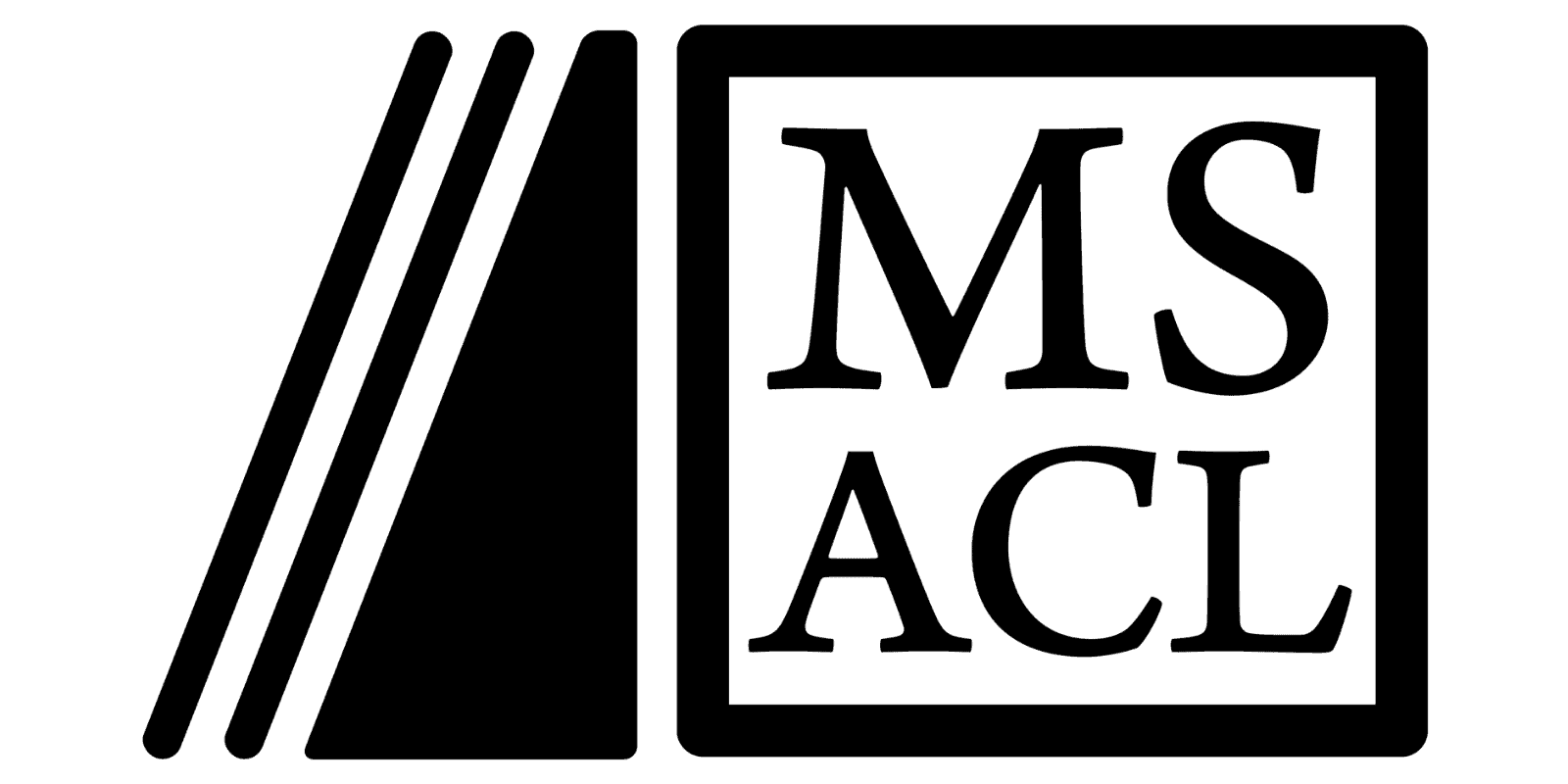Meet our Principle Scientist Donald Chace at the conference.
Together with Professor Tim Garrett, University of Florida College of Medicine, he hosts the short course;
Short Course : Metabolomics 102 : Microsampling and Mass Spectrometry – Fit for Purpose in the Clinical Screening and Monitoring Space.
Course Schedule
Segment 1 : Sunday 14:30 – 18:30 (4 h)
Segment 2 : Monday 08:00 – 12:00 (4 h)
Total Contact Hours: 8.00
—————
Pre-requisites
None.
Overview
The classic dried blood spot (Guthrie Spot, NBS spot) has been used routinely for 60 years in inborn errors of metabolism (rare disease screening of newborns) space in addition to health monitoring of the detected disorders. Mass spectrometry advanced this space 30 years ago to take advantage of its multianalyte profiles (the early days of metabolomics) to detect rare diseases. It was the introduction of multiple biomarkers in clinical assessment. As mass spec evolved in this space, new workflows and pre-analytical methods, sample preparation chemistry was altered by taking advantage of the dried microsample format and extraction chemistry. DBS offered a replacement to liquid microsamples, and the risks and costs associated with infectious disease exposure, cost of shipping using the cold chain, storage and most recently patient centered sampling where remote, or home sampling is made possible.
Most chemistry workflows are still dominated by liquid blood or plasma and immunoassay platforms, they are not necessarily suitable for microsample collection as demonstrated in the choice for newborn screening (200-300 µL) versus 1-10 mL for a venous blood draw. Furthermore, a dried microsample offers better improved stability for some molecules due to degradation of active enzyme, light or heat. Beyond newborn screening standard, the pace of adoption of dried blood versus liquid plasma is slowed because of the lack of bridging studies. Therefore, an understanding of DBS versus liquid is critical in designing these experiments. This course will describe the advantages of filter paper for mass spec workflows in areas of sample cleanup, extraction, manipulation as well as examples of successful analysis. We will provide examples of existing methods in use in clinical analysis and will expand upon last year’s MSACL course.
As important are its advantages, we will discuss limitations from the lack of precision of classic Guthrie cards because of volume uncertainties to the problems of some mass spectrometry analysis of molecules like proteins. Finally, we will correlate these issues with the ever-expanding area of metabolomics, lipidomic and more important how a DBS can be integrated with other technique like molecular and immunoassays to provide a better clinical result from which the clinician can make earlier accurate diagnosis. Ultimate DBS can improve health care services as well as access with remote collection.
Objectives
At the conclusion of this short course, the participant will be able to:
- Describe the best fit for DBS utilization in clinical mass spectrometry and bioanalytical research including “omics” applications.
- Discuss bridge strategies for adopting existing MS methods that utilize venous blood, plasma or other liquids to the dried microsample format.
- Compare the advances in the quantitative micro sampling space and discuss issues with volume and solid matrix additives.
- Interpretate approaches for multiplexed analysis and multi-omics.
Contact Don at Donald.Chace@Capitainer.com to book a personal meeting and learn more from him on the benefits of qDBS technology and Capitainer blood sampling cards.

